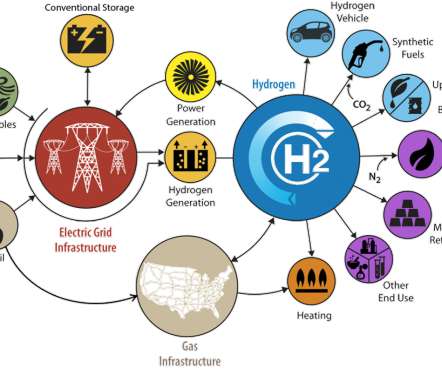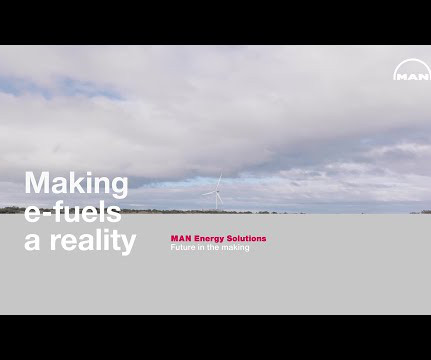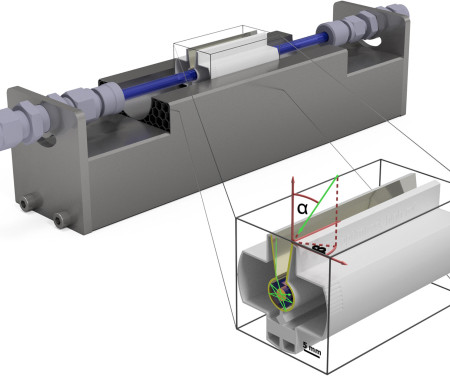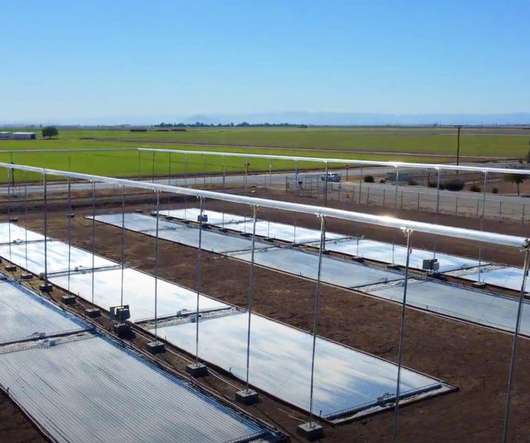DOE to award $35M for bioenergy feedstock and algae R&D
Green Car Congress
DECEMBER 11, 2020
DE-FOA-0002423 ) Topic Areas ins the FOA support DOE’s Bioenergy Technologies Office’s (BETO’s) objectives to reduce the minimum selling price of drop-in biofuels, lower the cost of biopower, and enable high-value products from biomass or waste resources. The application process will include two phases: a concept paper and a full application.







































Let's personalize your content